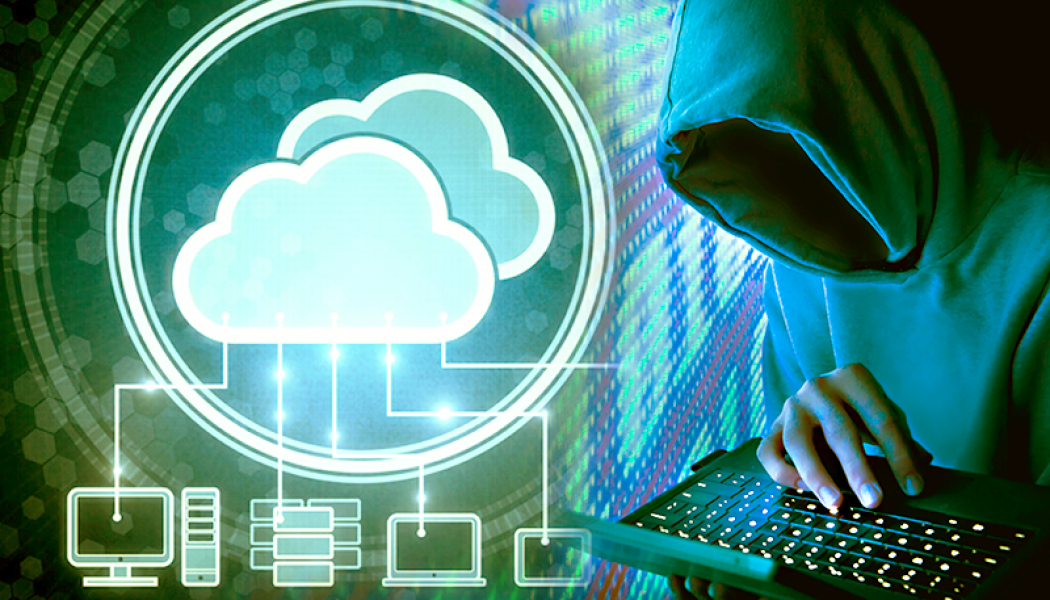COVID-19 and Cybersecurity
Why People Should Invest in a Culture of Zero Trust Security
Sourced from International IDEA During a preview of this year’s RSA conference, a team from Orange Cyberdefense demonstrated a range of pretty scary scenarios of what can happen when malicious actors take control over a user’s home router. These range from duping users into downloading payloads dressed up as fake VPN software updates, capturing user’s credentials or redirecting traffic that should be going over the VPN to the threat actor. Typically, home routers are outside of the enterprise security control and often not very well protected. The majority of people trust their ISP to set up their home access points for them, frequently resulting in default settings such as admin/admin credentials. Home routers are frequently attacked by criminal and state actors alike. Despite the easing ...
A Cyber Pandemic May Be Next: How Secure are you in the Cloud?
The Coronavirus pandemic has influenced us in a more global way than the Cold War, affecting the environment, industry, finance, healthcare, leisure and almost every other human endeavour. Some of the areas of influence are clear and obvious. For example, the acceleration of digital transformation, which changes how organisations operate and provide value to their customers. There is also an increased demand for cloud computing, which provides most of the foundations, tools and infrastructure to fuel the digital transformation. Some world leaders in the cybersecurity space, including the World Economic Forum, predict that this rapid and unplanned move will result in a cyber-pandemic down the road – more on that later. This acceleration in digital transformation and demand for clo...
How Cyberattacks Mirror the Rate of COVID-19 Infections
Sourced from Getty Images. The number of cyberattacks on frontline healthcare responders have surged at the same time as the global COVID-19 pandemic, trending upwards almost entirely in line with case numbers. By March 2020, phishing emails had spiked by over 600% since February, as cyber-criminals looked to capitalise on the fear and uncertainty generated by the virus. One-third of these attacks used impersonation of a known brand as a tactic to steal money and data or to deploy a virus or ransomware. When comparing the number of phishing attacks and COVID-19 infections globally between January and March of this year, the rate of growth in phishing attacks correlates almost perfectly with the rate of increase in infections. While these attacks have been seen mostly by healthcare institut...





